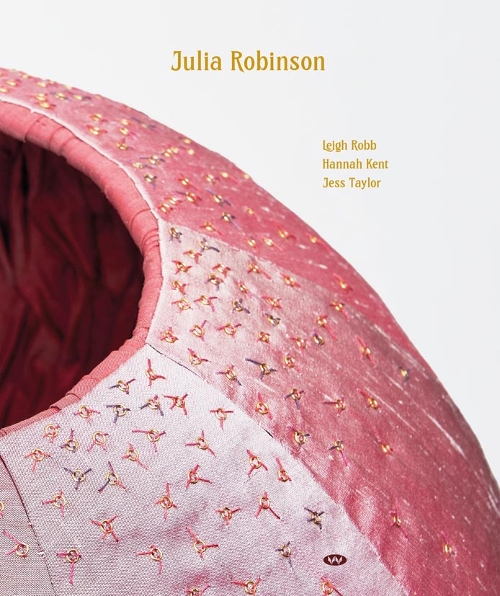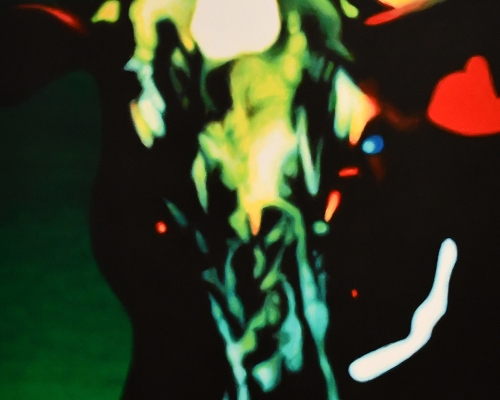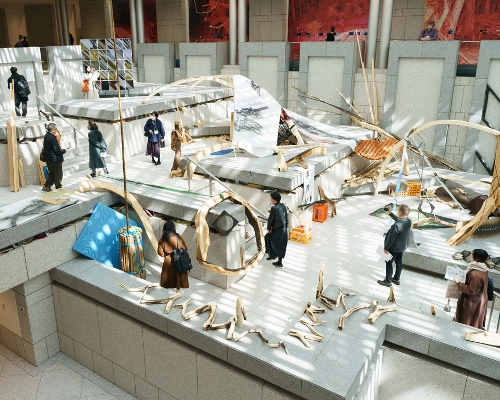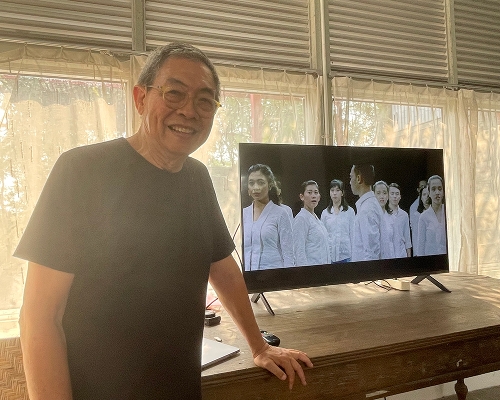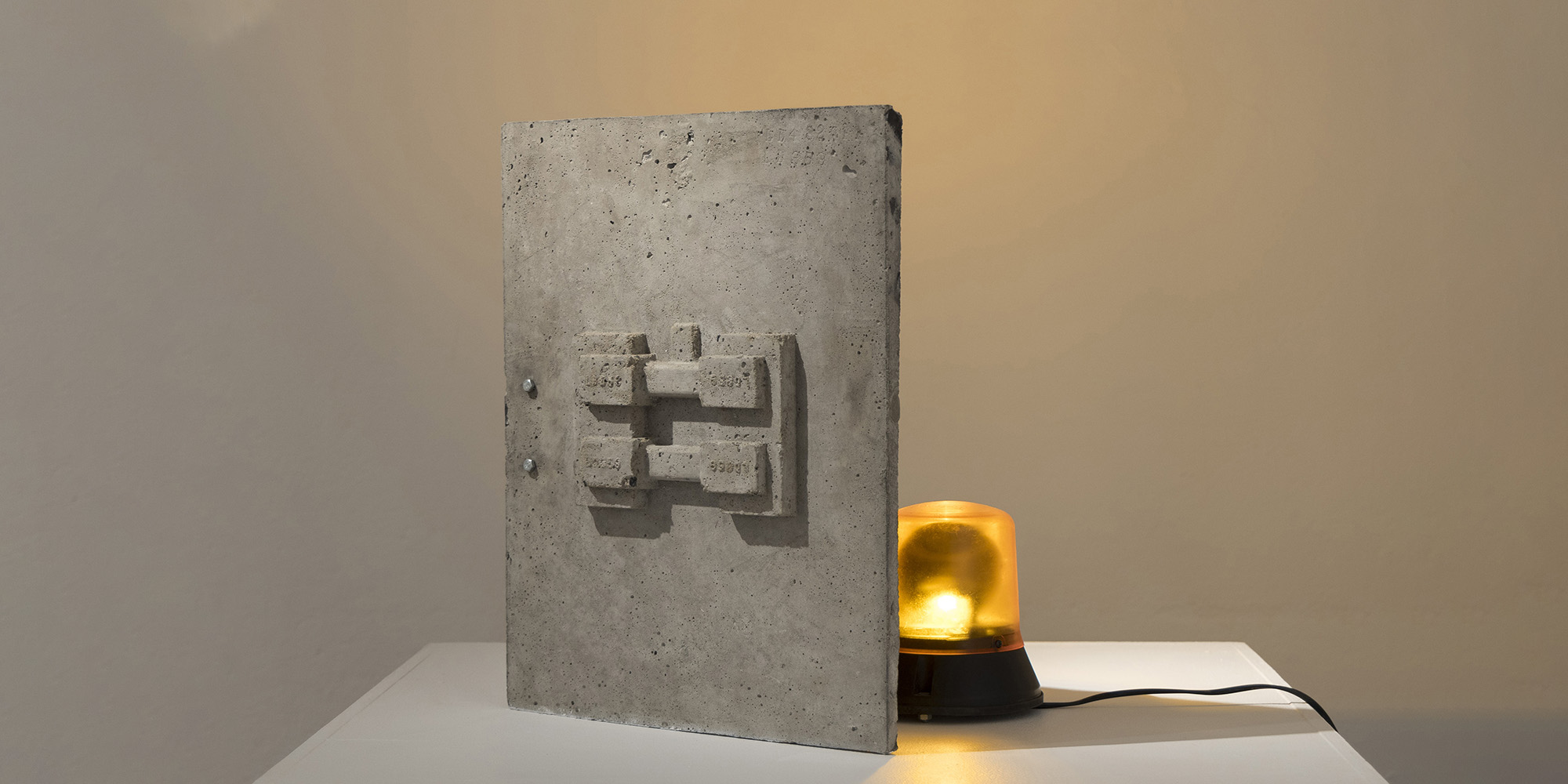
In this issue
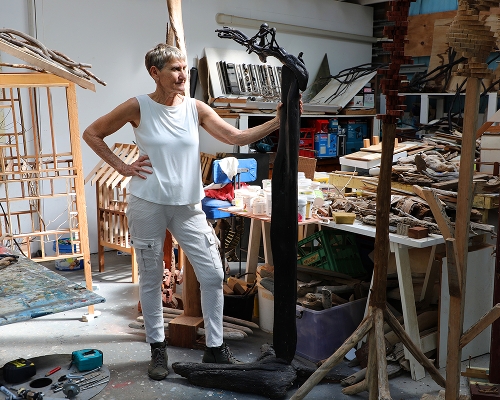
Queensland is the most decentralised state in mainland Australia, with more than half of its population living outside its capital. Gimuy/Cairns, a city of approximately 150,000 people, is closer to Port Moresby in Papua New Guinea than it is to Brisbane. A gateway to the Great Barrier Reef and the World Heritage Listed Wet Tropics rainforest, Gimuy/Cairns is a both a tourist destination and a regional centre, in addition to serving as a vital services hub for communities on Cape York and the Torres Strait Islands.
For a city of its size, Gimuy/ Cairns has a healthy number of exhibition spaces, including the venerable Cairns Art Gallery, the Tanks Art Centre and Court House Gallery, the latter both operated by the Regional Council. There is also NorthSite Contemporary Arts, a gallery, retail and studio- based organisation founded by local artists as Kick Arts in 1993, the year that Queensland Art Gallery (now QAGOMA) launched the Asia Pacific Triennial of Contemporary Art, putting the institution, and the state’s nascent contemporary art scene, on the global map. Like many centres, Gimuy/ Cairns lacks sufficient studio space, with the exception of the former Djumbunji Press, a purpose-built print studio in Edge Hill, which NorthSite has recently taken a long term lease on with plans to reenergise the region’s once dominant printmaking scene.

North of the Capertee Valley, on Dabee Country, is Combamolang, a long mountain with multiple peaks and outcrops. The mountain’s slopes form a dramatic escarpment above the flat land below where the silos of a factory stand out amid the bushland. Beside the factory is Kandos, the town built for the cement workers when the industry was established here in the early 20th century. It has a wide main street with civic buildings and shops under awnings, extending out into a grid of residential streets that end at the foothills of the mountain.
Since Kandos was established in 1914 it has developed its own distinct identity, drawing people to it first for its industry and, more recently, as a centre for regional arts. Following the closure of the cement works in 2011, the town has become a locus for place- based, socially engaged art practice. In the early 2010s Cementa festival founders—Ann Finnegan, Georgina Pollard and Alex Wisser—moved to Kandos, bringing their experience as arts workers and their enthusiasm for sustaining a contemporary art community. The first Cementa occurred in 2013, and the upcoming Cementa24 is the sixth time the festival has run, this time guest- curated by Daniel Mudie Cunningham and First Nations curator Jo Albany. It marks a new phase—with the festival coming into its second decade—with an established presence in the region and on the Australian arts calendar.
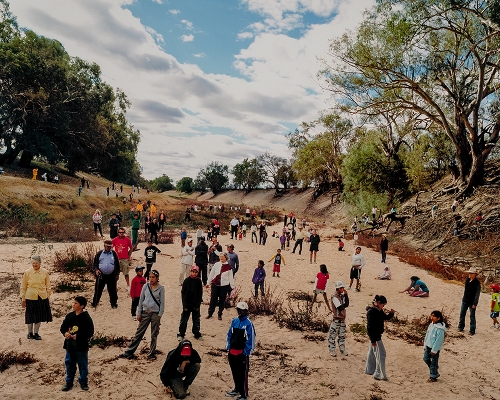
In December 2022, four staff at the Broken Hill City Art Gallery (BHCAG) and Museum resigned after a year- long public debate over art, local identity and heritage in one of Australia’s most iconic ‘outback’ towns.
I moved to Broken Hill in January 2021 to take up the role of Programs Officer, later employed as the Curator, at the Gallery. I often describe moving to Wilyakali Country as humbling. Having spent most of my life in the inner suburbs of Naarm/Melbourne, I quickly learnt that nothing is theoretical in a small community. Relationality is essential. In my first month, I was stopped by a local and asked if I was an ‘A-grader’. I would come to understand the subtext of this question, perhaps more of an accusation than genuine inquiry. A mining boom turn of phrase, if you were born and bred in Broken Hill, you were considered an A-grader; if you married in or lived in Broken Hill for many years, a B-grader; anyone else was a C-grader. Today, this persists with the more palatable notion of being ‘local’ or what’s known in Broken Hill as ‘from away’ (that could be Dublin, Dubbo, New York or simply the next town over).

I grew up in the regions. I still refer to myself as a country kid. I grew up close to Country on the Wotjobaluk- tended lands of Horsham, over three hours’ drive northwest of Melbourne. My ancestral homelands were slightly further north: the fresh-and-salt- water lakes known by my Wergaia and Wemba-Wemba ancestors.
In Horsham, our family felt like an anomaly. My Aboriginal father had died when we were young, my English mother remained in Australia to raise us, and she was an artist involved in the rich cultural life of our town. For me, and many others, the creative heart of regional communities was both life giving and life-saving.
_banner.jpg)
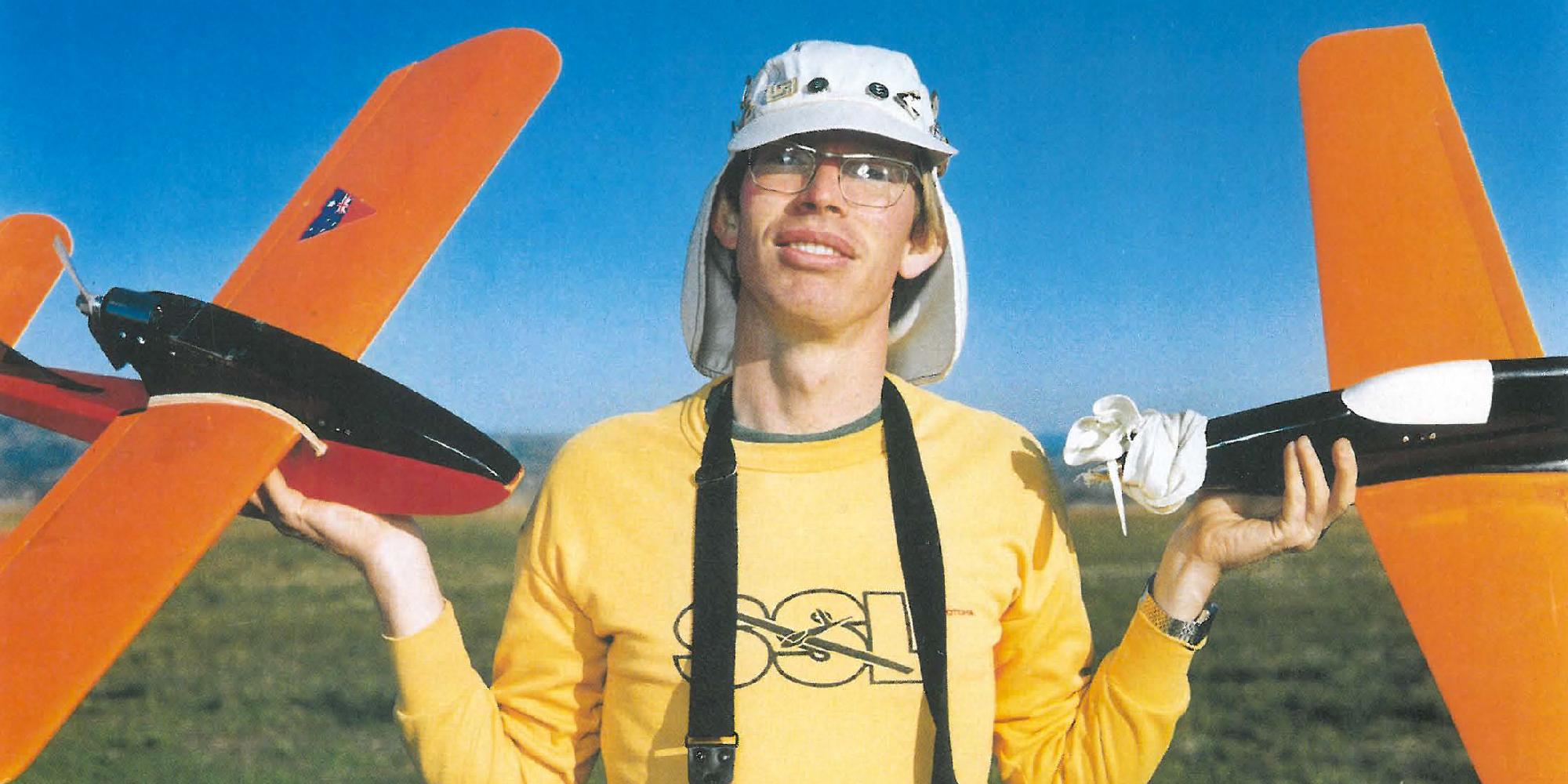


_Card.jpg)

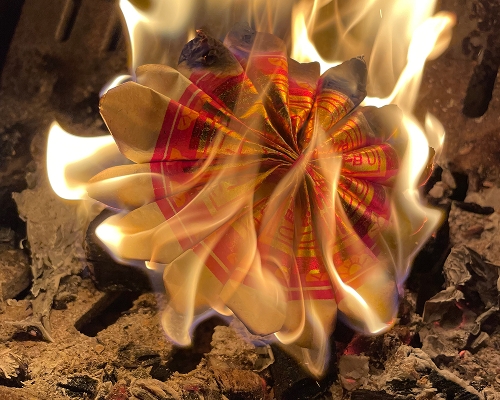

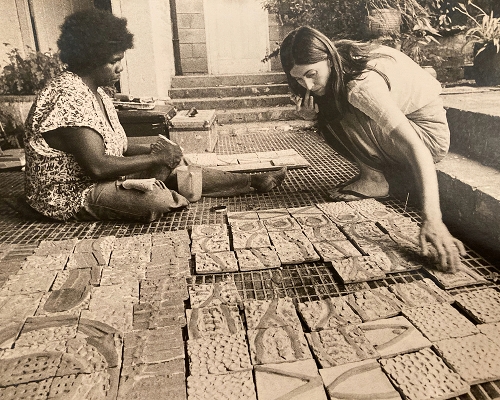
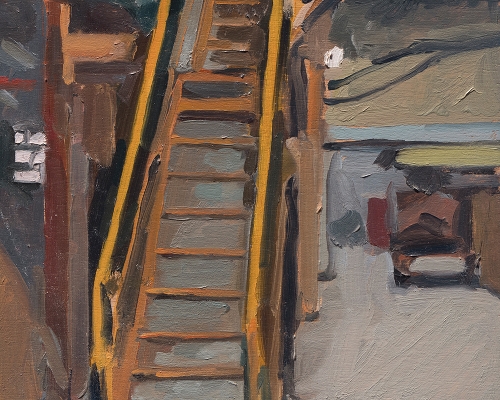
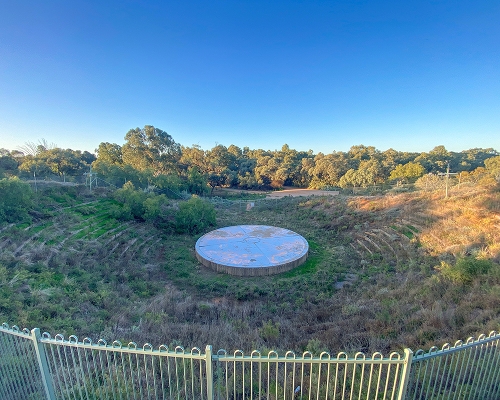
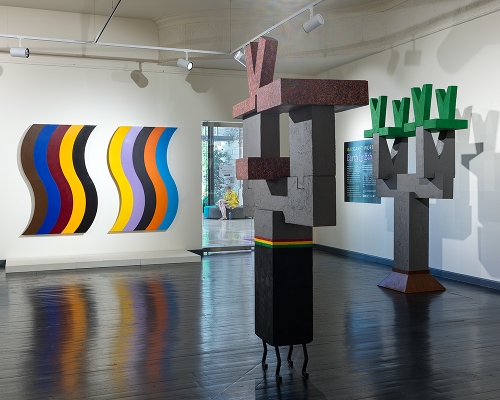
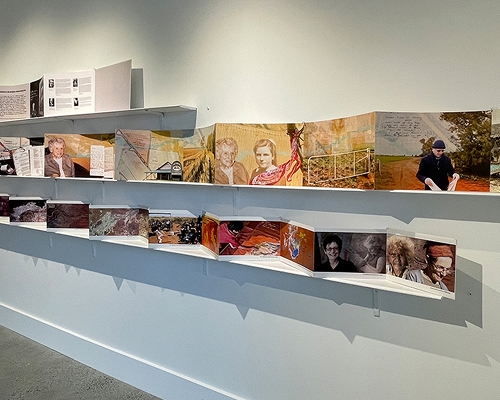
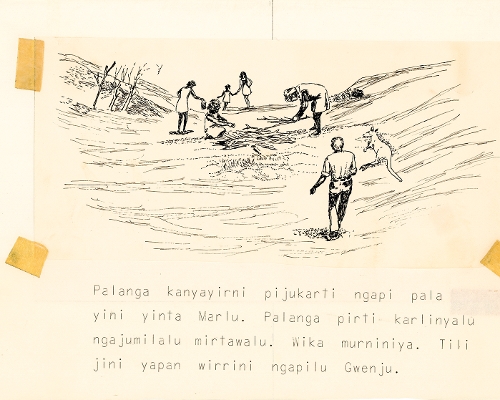
_card_Crop.jpg)
